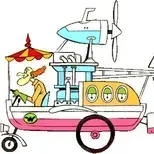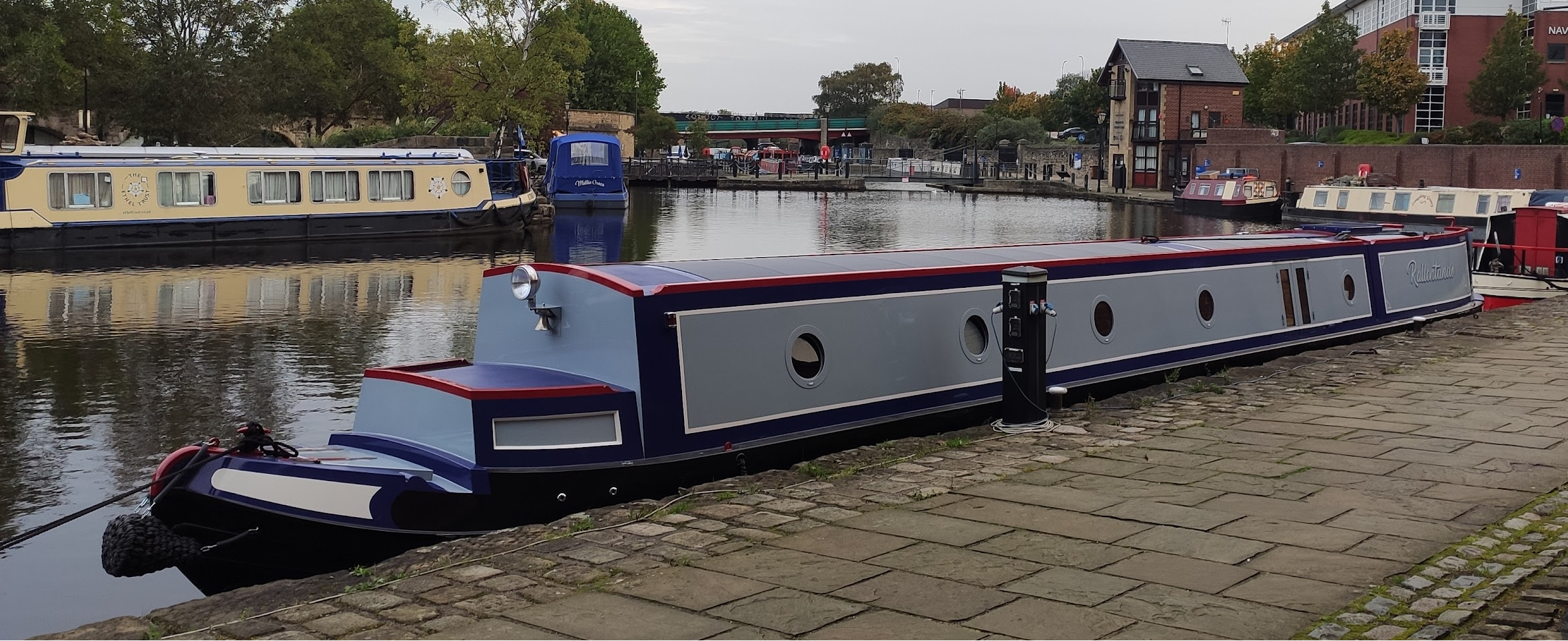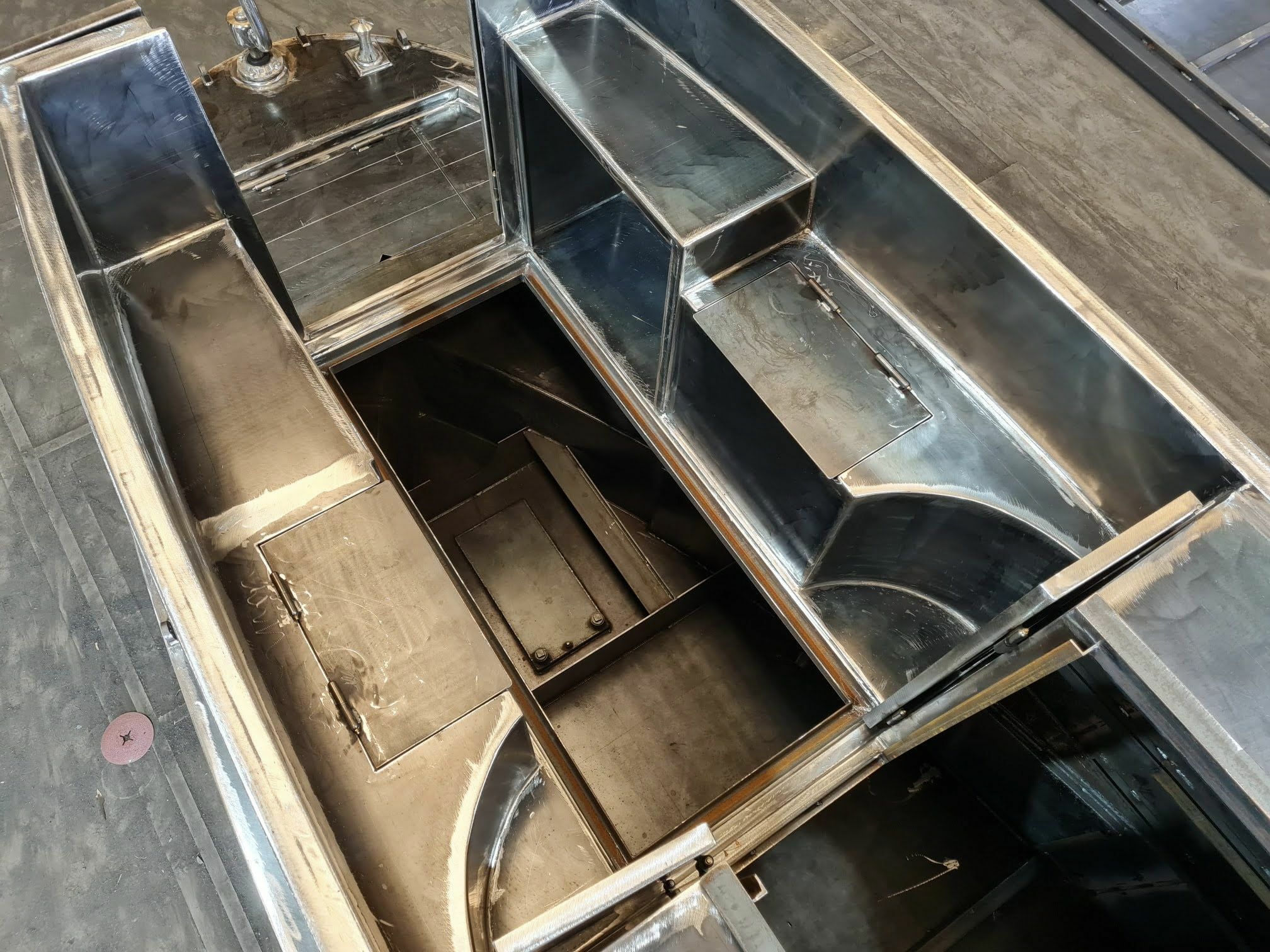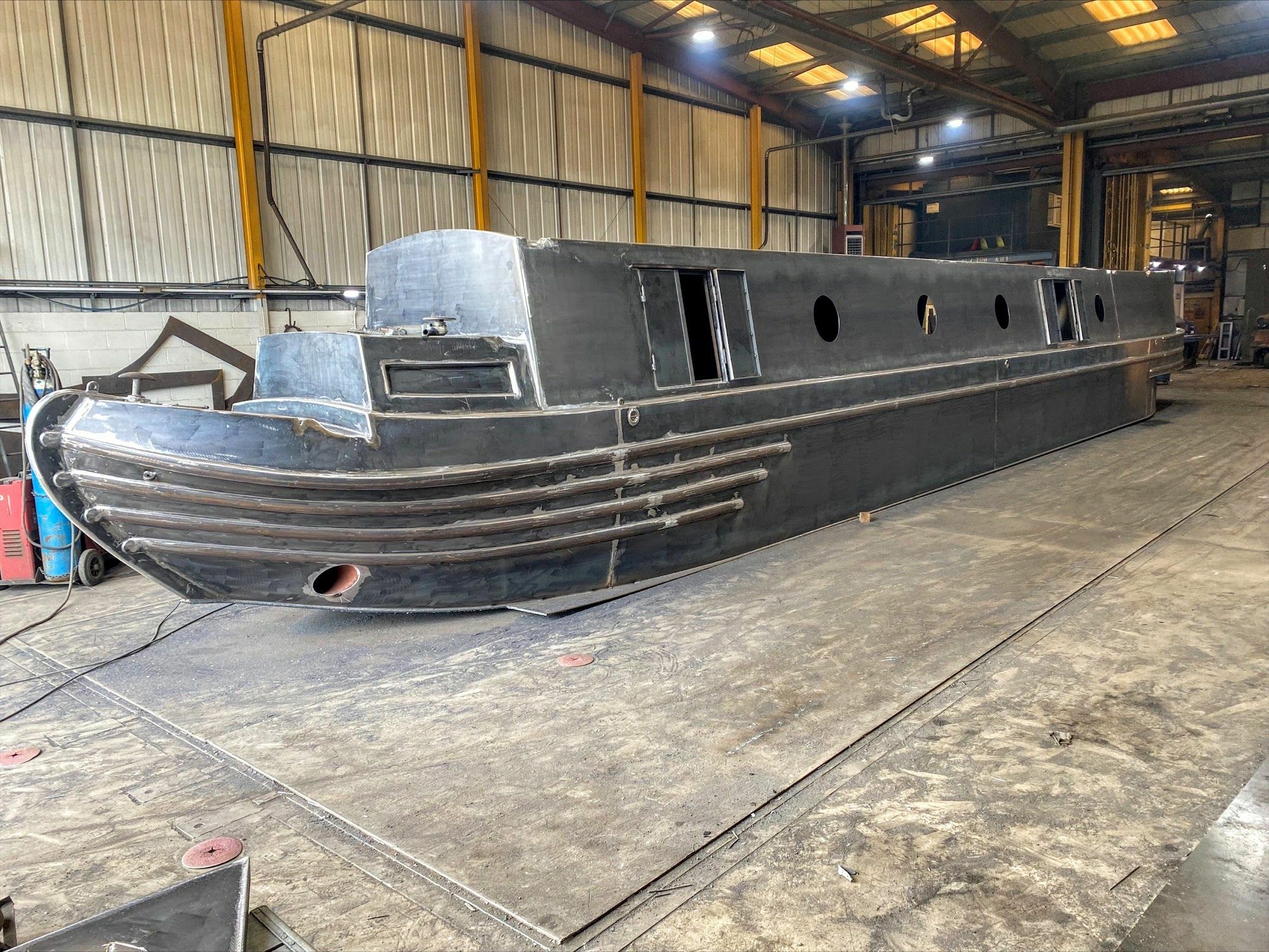-
Posts
11,356 -
Joined
-
Last visited
-
Days Won
88
Content Type
Profiles
Forums
Events
Gallery
Blogs
Store
Everything posted by IanD
-
Don't call me Shirley...
-

Are boaters getting more selfish or is it just the world in general
IanD replied to tagulablue's topic in General Boating
I don't think it's any kind of perverted pride, it's simply recognising that a large number of boaters -- probably the majority of boats actually moving when you include hire boats -- simply *don't* know what horn signals mean. So if you urgently need to communicate your intention to pass on the left, which is better -- using a horn signal which is unlikely to be understood, or making a gesture that most people will understand? -
Why do you seem to think that anyone who thinks a bow thruster can be useful in some circumstances -- for example, when reversing -- has poor boat handling skills? Or maybe you really *are* John Cleese, and enjoy looking down on people you think -- probably wrongly -- are inferior to you... 😉
-
Or similarly insist that a manual gearbox and clutch are what *real* drivers have, not those nasty newfangled DCT gearboxes -- I bet some even hark back to the days of the manual choke, or having a manual lever to set the ignition advance, and no synchromesh so you have to double-declutch. Now put all that together and you do need a *real* driver to cope... 😉
-
Which is why I have access at both ends, and three sets of side doors (plus the stern doors) which can be opened for ventilation -- see picture on previous page... 😉
-
His point (and others) is that *real* boaters don't have "girly buttons"... Or onboard electricity, new-fangled modern rubbish, what's wrong with a paraffin lamp? Or a water tank and shower, why do you need more than water cans on the roof and a cloth and bucket? Or gas bottles -- you must be mad, real boaters cook on a solid fuel stove! Or television, or a mobile phone, or access to the internet... But at least they can do a John Cleese and look snobbishly down on all those horrible modern boaters who don't think anything less than 50 years old is automatically rubbish... 😉
-
Ooh, another demonstration of your mature debating skills... 😉
-
Certainly not Salterhebble, that's where the "60' absolute maximum" came from...
-
True, but given the number of boats out there with "suicide seats" of some description it's not a habit everyone subscribes to. Maybe they've all got rudder stops to prevent people being knocked off, but somehow I doubt it...
-
A bow thruster can also make steering in reverse much easier... 😉 (ducks and runs for cover...)
-

Are boaters getting more selfish or is it just the world in general
IanD replied to tagulablue's topic in General Boating
Me too, and it seems to work. Have also tried horn signals (one for starboard, two for port) in the past but I don't think many boaters understand them... (I never have any problem remembering which was which, about 50 years ago I built a crude radio-controlled plane from scratch where the only servo control was a single button, press once for right turn, twice for left turn. Flew twice, crashed into a tree and then a brick wall...) -
Of course they're only entitled to them -- in the accurate meaning of the word -- if they follow the CCing rules, which they agreed to when they paid for a license but the NBTA campaigns against having to follow... 😉
-
Yes it does. I've also seen boats sunk in wide locks on their side, but that doesn't persuade me that I need bow side doors on both sides. In reality an emergency exit is something I hope I'll never need, and in the unlikely event I ever do the most likely reasons by far are a stern-up cilling or escape in case of fire, and for both those cases I'm happy with what I've got. Like all other aspects of boat layout and equipment, anyone who feels differently is free to choose something different for themselves -- after a lot of thought and weighing up pros and cons of different layouts I'm doing what I think is right for me, not saying "this is the best and only choice" or telling you what to do with *your* boat 😉
-
No, just trying to explain why I chose what I did on my boat. If you want something different then fine, do that on your boat. Comments like this are exactly why I didn't put up a build blog... 😞
-
Don't understand -- if you're going down a lock and get hung up on the cill that'll be at the stern, surely? So with bows sinking in a lock, what use is a forward exit, especially side doors? The reason regulations require two exit routes is mainly fires, and these almost always happen when the boat is moored. In which case a window big enough to be an emergency exit (like the canaltime boats?) is OK, also side doors without a hatch, either suffices as an emergency exit. The side doors are not intended to be used routinely for entrance or exit, they're for light/ventilation/swans and emergencies. Either way, the hatches meet the regulations and suit me.
-
The most common problem by far is getting the stern hung up on the cill when going down -- in which case the bow sinks first, so you escape via the stern, so the forward side doors are irrelevant...
-
Which is why I chose a semi-trad stern, with seating for 4 people, the one for the steerer being raised (also a folding bike locker) so you can take the weight off your feet without sitting too low down...
-
As usual, it's essential to have a sense of proportion here. I don't know if there has *ever* been a single case of a boat catching fire in a lock, this (almost?) always happens when moored. Maybe I should also think about an extra-strong reinforced roof in case of a meteorite strike? 😉 In my case there is also no gas on the boat, and the chance of a diesel fire (generator or boiler) is extremely small.
-
And that is the problem -- the demand for (cheap) moorings in popular spots like London and the K&A will *always* exceed what is available, no matter how much they are expanded in theory. This means people "squat" on them instead of moving, because if they move somebody else will take "their" place. There could be plenty of moorings "out in the sticks" if CART allowed them but that's not where people want to moor (commuting time and cost). If demand exceeds supply (which can't be increased) then the normal solution is to put the price up so demand reduces -- this would make more money for CART to maintain the canals with, but would cause uproar and (justified) accusations of pricing people off the canals... 😞
-
Correct, they're not really intended for this, if you wanted to do this regularly (why?) you'd have a (lifting) hatch. If I want to get to the bows -- which is rare -- I normally just walk along the gunwale from the stern. Mostly I get on and off the boat at the stern, with a centre line if needed -- I don't think I got on or off at the bows once last time out, except to grab the bow rope (from the bank) when mooring up. This layout suits me; a solo boater could well prefer something more traditional not reversed, as posted above.
-
If you do have a well deck at the bows then you do inevitably need access to it. Many boats with reverse layout (bedroom at front, no bow doors) don't have a well deck, they either have a tug deck (flush) or a short half-height cabin for storage (potter's cabin). You need an emergency exit from the bedroom, some have a front window which can be climbed out of in an emergency, others have side doors which can also be used (if really needed) to access the bows from inside without walking the full length of the gunwale, see attached photo. You don't actually need access to the bows very often except to moor up, it's easy (sometimes easier) to drop people off at the stern -- in a reverse layout boat (with no well deck) the stern is the entry/exit and main area for outdoor use. A layout like this does mean you don't have a quiet outside bow area away from the engine noise when travelling, so you need a well-silenced engine -- or an electric/hybrid boat, which this is...
-
Which doesn't help if you're in the situation several people have found themselves in, stuck on one side and wanting to get to the other side, with stoppages restricting which canal they can get back on -- including the one they came over on. If you can get back over all three routes (58' or 60') then the changes of getting back are higher than having a choice of two (62') or one (70'), assuming you don't want to go a *very* long way round via the Trent. Or am I missing something?
-
Huh? How do you get a 70-footer all the way across on the L&L? I thought it would have been obvious that I was talking about getting all the way across if your first-choice route is blocked...
-
There are good reasons for having a reverse layout *if* it suits you. You can have a bedroom at the front that nobody needs to walk through (and can have a big bed if you like that), and it's more sociable for the steerer especially with more than two people on board and a semi-trad stern. For a solo boater it makes less sense. As was said, all narrowboat design is a compromise, every layout has advantages and disadvantages -- some obvious, some not -- and different people prefer different layouts.
-
Only 2 of the 3 cross-Pennine routes are possible with a 62' boat, to be able to do all three (to improve the odds) 60' is the absolute maximum -- with care and the possibility of getting wet... 😉





